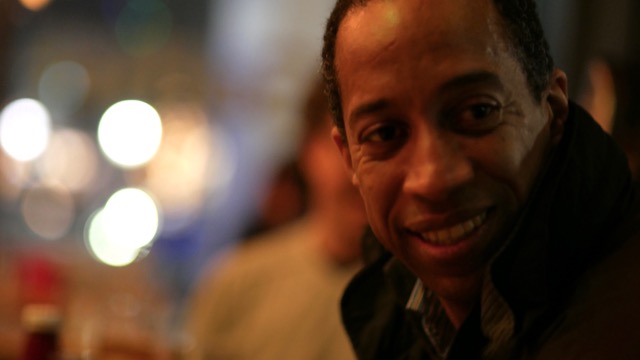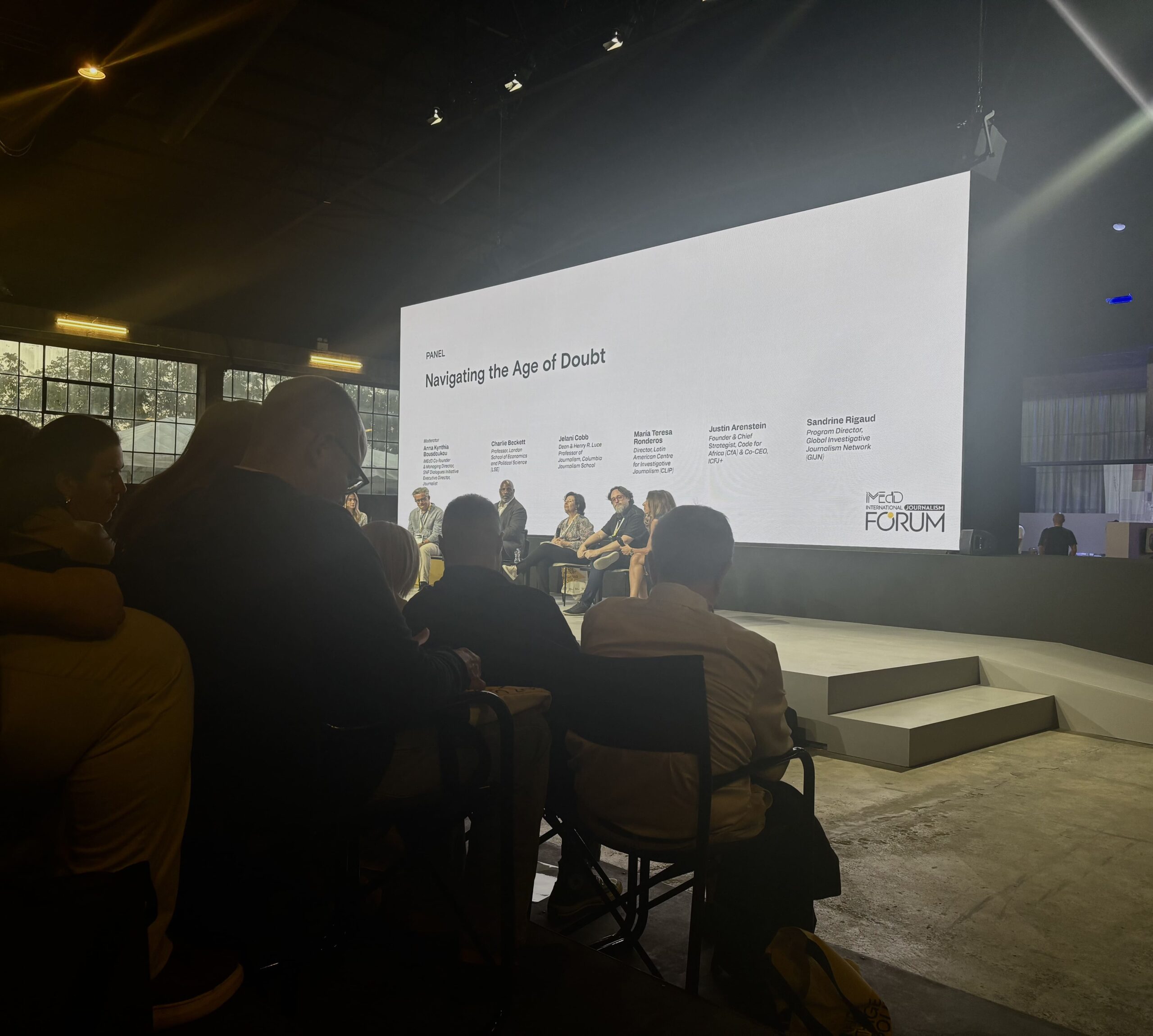(NEW YORK) — AJO is extremely fortunate to have Garnette Cadogan teach Long-Form Narrative at NYU, giving our online students access to his style, wisdom, and humor. Cadogan is a renowned essayist whose writing explores the promise and perils of urban life, the vitality and inequality of cities, and the challenges of pluralism. He is also the editor-at-large of Nonstop Metropolis: A New York City Atlas. In the fall of 2017, Cadogan was included in a list of 29 writers from around the world who “represent the future of new writing.”
We recently sat down with Cadogan to chat about what it’s like teaching AJO students in a virtual setting and what his hopes for the future are.
Why is educating the next generation of writers and reporters important to you?
Educating the next generation of writers and reporters is an opportunity to participate in an enriching conversation about the essential, the urgent, the playful, and the beautiful. That I get to do so with AJO students—a wonderful mix of curious and passionate and generous and witty people—has made teaching an immense delight, especially because I’m invited to learn and laugh and discover alongside them. I develop skills—critical thinking, perceptive reading, compelling writing—in lockstep with them and the classroom becomes a place where we achieve together.
What are your favorite subjects or lectures that you teach in Long-Form?
My favorite subject and lecture in my Long-Form class is the importance of curiosity—I see my primary task as encouraging people to pursue and share and illuminate their curiosities—and so the best gift I could receive from any student is the affirmation that our time together was an encouragement to wed curiosity to imagination and share that with a reading audience.
What has virtual teaching been like? Does it allow you to form new kinds of connections with your students?
Teaching is about paying close attention—paying close attention to material, paying close attention to students, students and teacher paying close attention to words and rhythm and ideas and people—and being in a virtual classroom ironically fosters habits of close attention. Yes, we lose the warmth and dynamics of human proximity where we can read and respond to gestures and tone of voice and the silence of a room. We lose some of the pattern recognition that one acquires from the intimacy of face-to-face encounters.
But online there is no “back of the class”—I get to pay attention to everyone before me as if they were in the front row; I get to employ the flexibility that comes from being online, using technology to draw in voices and conversations and make the structure of our classes support a more interactive architecture (quick call-up of Youtube videos, anyone?); we all get to experiment with innovative approaches to collaboration and teamwork (breakout rooms, anyone?), sometimes ending up with a more richly interactive environment than a physical classroom. And paying close attention to the “always front row” allows me to form connections with my students that are beautiful and mutually supportive.
For this experience, I have Adam Penenberg and Lydia Page to thank. They have both helped make my teaching and learning all the more enjoyable and deserve so much credit for creating an open and generous atmosphere that privileges the building of community.
Looking back at your last semester with AJO students, are there any moments that stand out?
Semester after semester I finish my classes with AJO students that have become part of my community of fellow learners and my community of friends. So many beautiful moments punctuate my semesters that it’s near impossible to pull out the highlight—so many compete for the most moving moment in a semester overpopulated with moving moments—but the big standout this past (Summer) semester has to be opening my front door to see a bounty of gifts from my front row conversation partners. It was timed perfectly to arrive on the last day of class and as I opened the gifts, the class shared their testimony about what they learned and what our community meant to them.
Every semester, gifts upon gifts arrive from my AJO classes at my door. And, yes, every semester I open them as a bawling fool—how can I respond to such generosity with dry eyes?—but this moment on my last class I was bowled over by the realization that the gifts were all loves that I mentioned in passing conversation and never thought anyone would remember (See, proof that close attention occurs in virtual rooms.) What most moved me, though, was the testimony of everyone that they felt invited to deepen and explore their curiosity and expand and share their imagination.
Are you proud of your students? Why?
I could not be prouder of my students, not merely because of how incredibly hardworking and adventurous and curious they are, but because of how they all understand and insist upon the fundamental importance of care and community. They go beyond collegiality—they support and encourage and comfort and build up each other, insisting upon a writing life that gives equal weight to head and heart.
Teachers say this so much that it has entered the land of cliche: Teaching changes me as much as or even more than it changes the students. I fess up to this being true for me, and after every AJO class I can pinpoint a before-and-after (sometimes multiple ones) and track my own growth that emerges from our community of caring, attentive fellow travelers.


